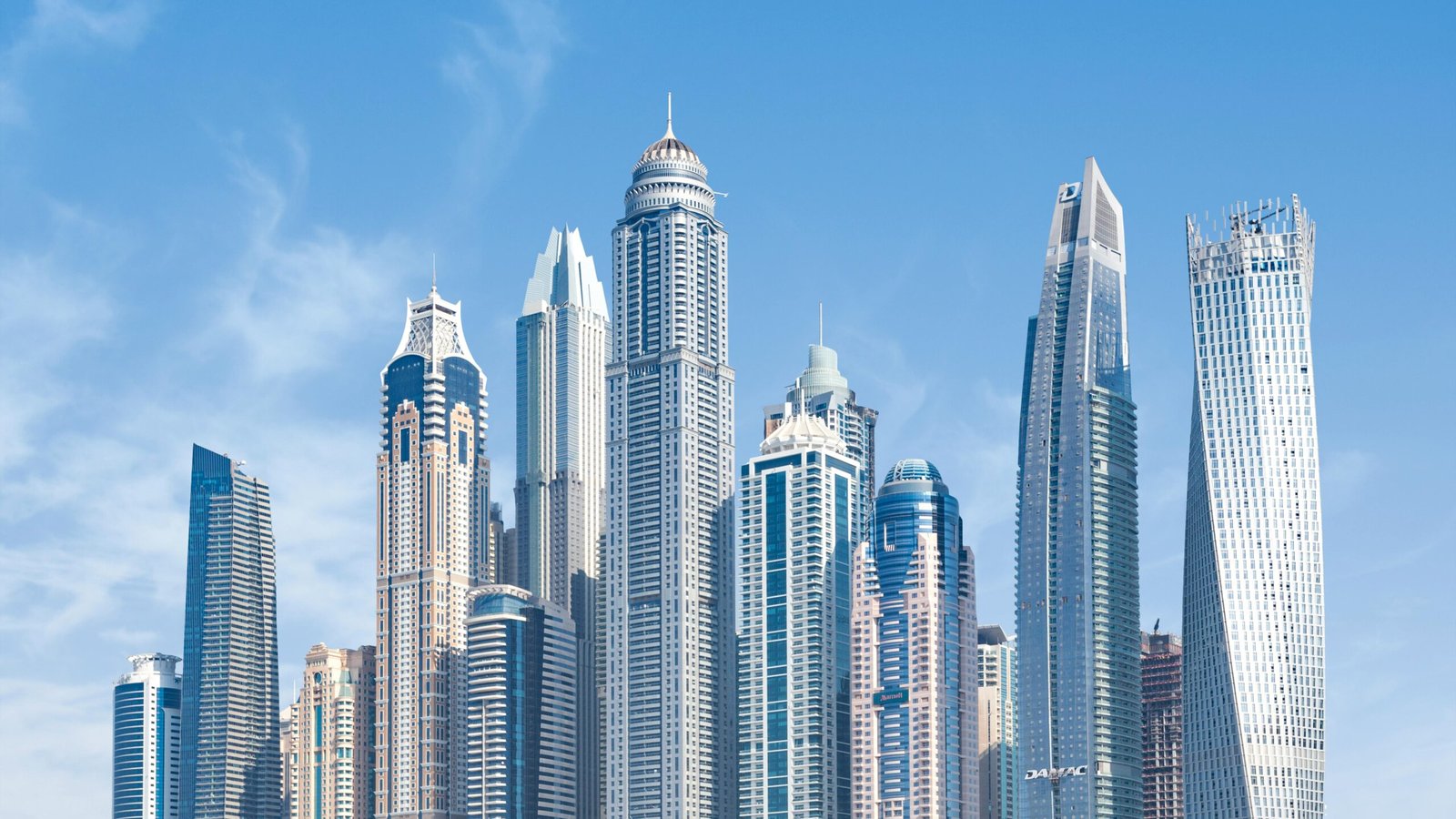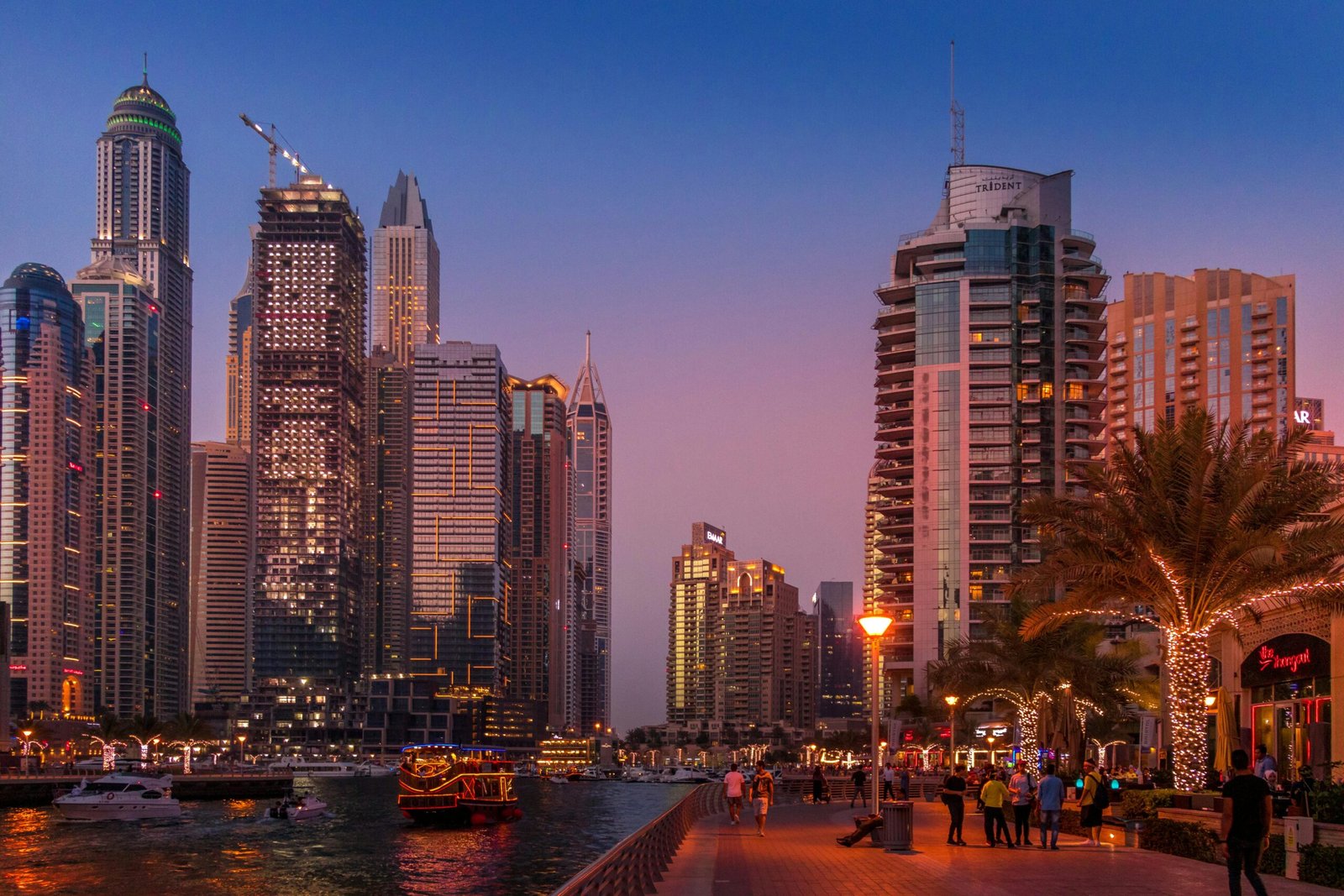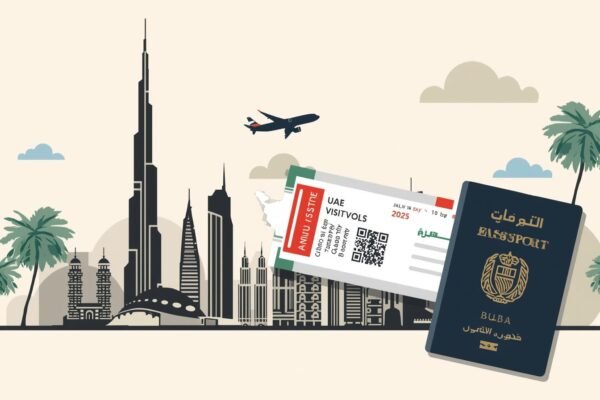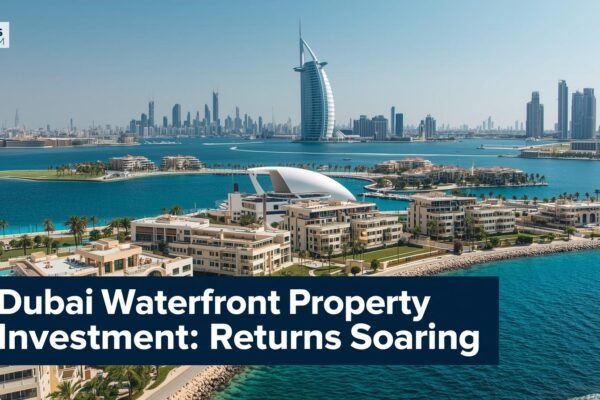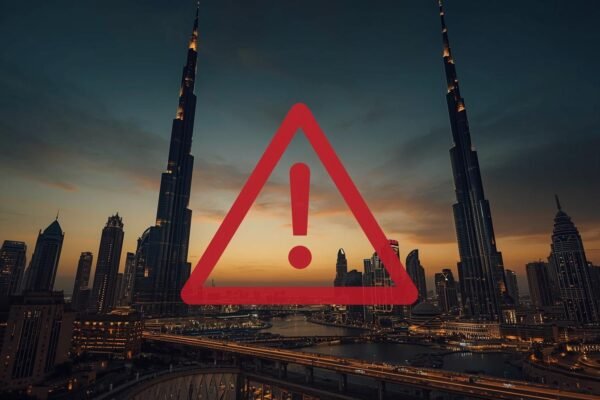According to a recent Statista report, UAE residential real estate is expected to grow at a 2.66% compound annual growth rate (CAGR) between 2025 and 2029. This projection reflects steady demand, long-term investor confidence, and the country’s evolving urban landscape.
From strategic government policies to demographic shifts and lifestyle upgrades, several factors are converging to make the UAE real estate market—especially the residential segment—a consistent performer. In this article, we’ll explore the drivers behind this forecast and what it means for investors, developers, and future residents.
Why the UAE Residential Real Estate Market Is Booming
The expected 2.66% CAGR growth may seem modest, but it signals long-term market resilience. Here’s why the market is poised for stability and progress:
🌆 1. Robust Government Planning
National Housing Policies like “Zayed Housing Program”
Long-term visa schemes for investors and skilled professionals
Infrastructure developments across Dubai, Abu Dhabi, and Sharjah
🌍 2. The UAE as a Global Lifestyle Destination
Tax-free income and investor-friendly regulations
Strong healthcare and education systems
High quality of life attracts expats and remote workers
🧱 3. Rising Demand for Mixed-Use Communities
Increasing preference for integrated developments
Demand for residential projects with retail, parks, and schools
Communities like Dubai Hills Estate and Yas Island seeing steady interest
A Maturing Market and Investor Confidence
According to Arabian Gulf Properties, the UAE residential market is entering a mature phase. Chairman Badar Rashid Alblooshi stated:
“This sustained market growth is a positive indicator for the real estate sector. Developers must now deliver communities that serve long-term aspirations.”
Key Signals of a Maturing Market:
Steady transaction volumes
Rise in long-term rentals and ownership
Focus on end-user buyers over flippers or short-term investors
This evolution benefits investors seeking stable ROI and residents looking for quality living standards.
UAE Residential Real Estate Growth Drivers (2025–2029)
To understand the 2.66% CAGR growth, we must examine what’s pushing the numbers up.
📊 Economic Drivers
GDP growth and low inflation
Increased foreign direct investment (FDI)
Economic diversification under Vision 2030
🏡 Urban Development Projects
New master-planned communities in Dubai South, Abu Dhabi’s Saadiyat Island
Smart cities and AI-integrated housing
Expansion of metro and transport infrastructure
👨👩👧 Demographic Trends
Growing young population
Demand from mid-income families
Remote work increasing relocation from cities to suburbs
Top Residential Areas to Watch (2025–2029)
Here are some UAE areas seeing rising investor interest:
| Location | City | Why It’s Growing |
|---|---|---|
| Dubai Hills Estate | Dubai | Family-friendly, high ROI, schools, malls |
| Aljada | Sharjah | Affordable, modern planning, smart city |
| Reem Island | Abu Dhabi | Waterfront living, popular among professionals |
| Dubai South | Dubai | Expo legacy, logistics hub, smart infrastructure |
What This Means for Investors and Buyers
The projected growth in UAE residential real estate is good news for both local and international investors:
📈 Benefits for Investors
Predictable, long-term capital appreciation
Strong rental yields in family communities
Diversified opportunities in freehold and leasehold markets
👪 Benefits for End Users
More livable, well-planned communities
Emphasis on amenities and quality infrastructure
Government-backed projects with transparency
Challenges Developers Must Address
While the growth is promising, developers need to adapt to:
Increasing demand for sustainability
Focus on affordable housing for mid-income buyers
Building digitally connected smart homes
Failure to evolve with these expectations may slow momentum despite economic tailwinds.
Expert Insights on Market Sustainability
Industry analysts emphasize that the current trajectory is not a “bubble” but a measured upward climb supported by real demand.
Steady policy backing
No sharp speculative spikes
Better financial access for buyers
Conclusion: Steady Growth Signals Strong Future
The UAE residential real estate sector is on a firm path of sustainable growth. With a 2.66% CAGR forecast through 2029, the market is showing measured, healthy expansion rather than risky speculation.
From a macroeconomic standpoint to lifestyle shifts and global investor interest, all signs point to a maturing, stable, and highly attractive real estate environment in the UAE. Whether you’re a buyer, investor, or developer, the time to take notice—and action—is now.
